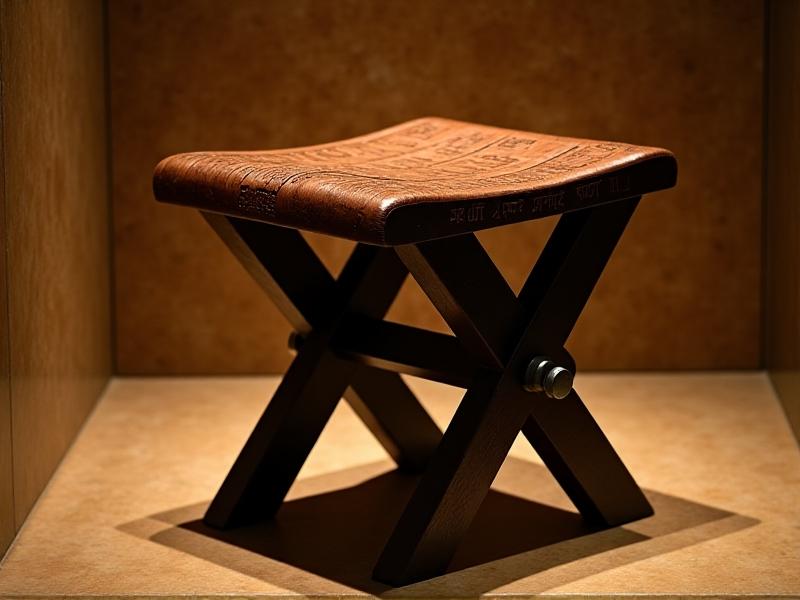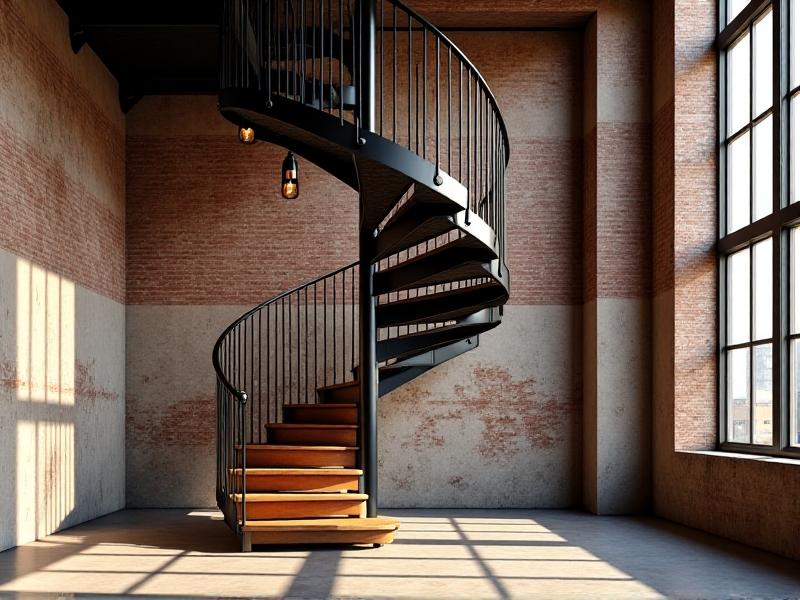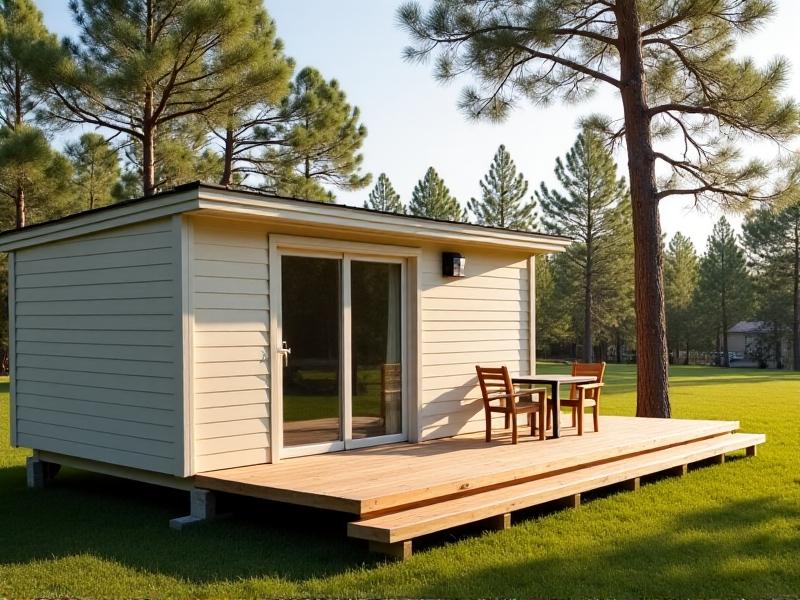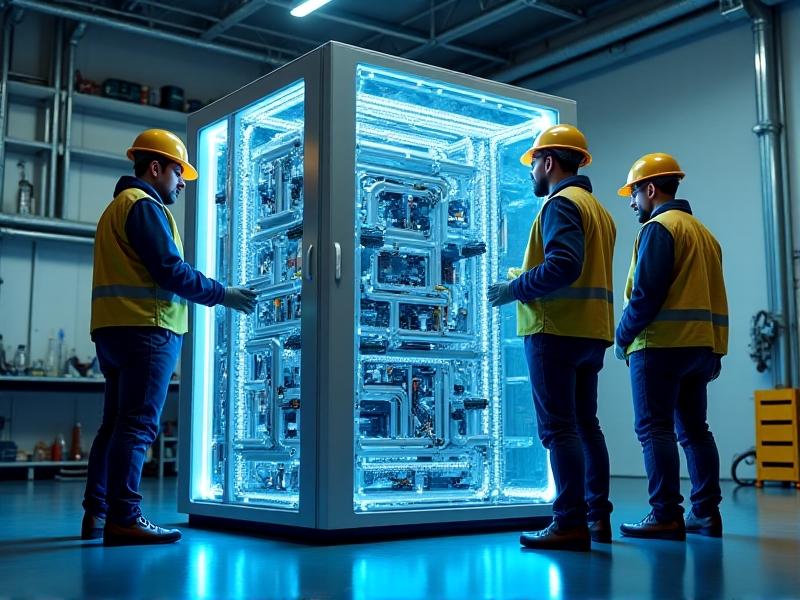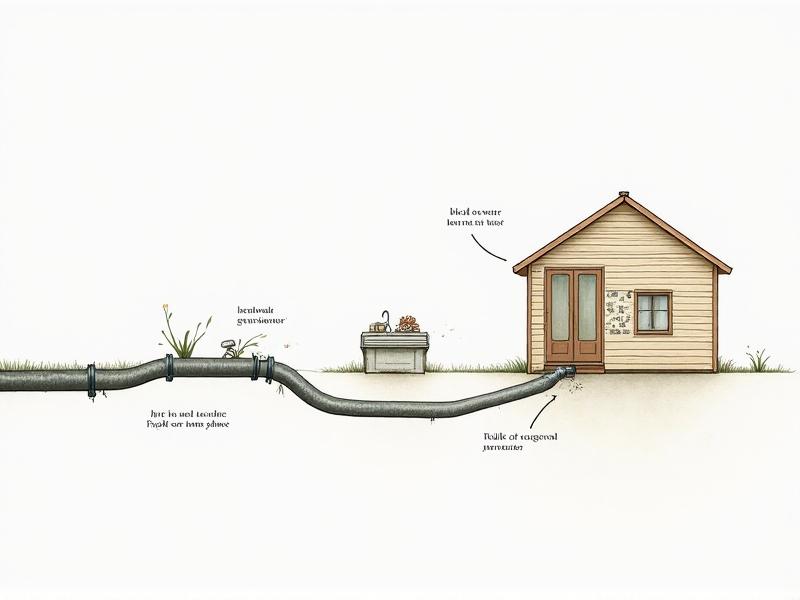Noise Regulation Compliance Tips
Understanding Noise Regulations: Key Laws and Standards
Navigating noise regulation compliance begins with a clear understanding of the legal frameworks governing your industry. In the U.S., the Occupational Safety and Health Administration (OSHA) sets permissible exposure limits (PELs) for workplace noise, typically capping at 90 decibels (dB) over an 8-hour period. Meanwhile, the Environmental Protection Agency (EPA) addresses community noise through guidelines, though enforcement often falls to state or local authorities. Internationally, standards like the EU’s Environmental Noise Directive require mapping and action plans for urban areas. Start by identifying which regulations apply to your operations—whether industry-specific (e.g., construction, manufacturing) or location-based (e.g., city ordinances). Regularly review updates, as laws can evolve to address emerging concerns like low-frequency noise or nighttime disturbances.
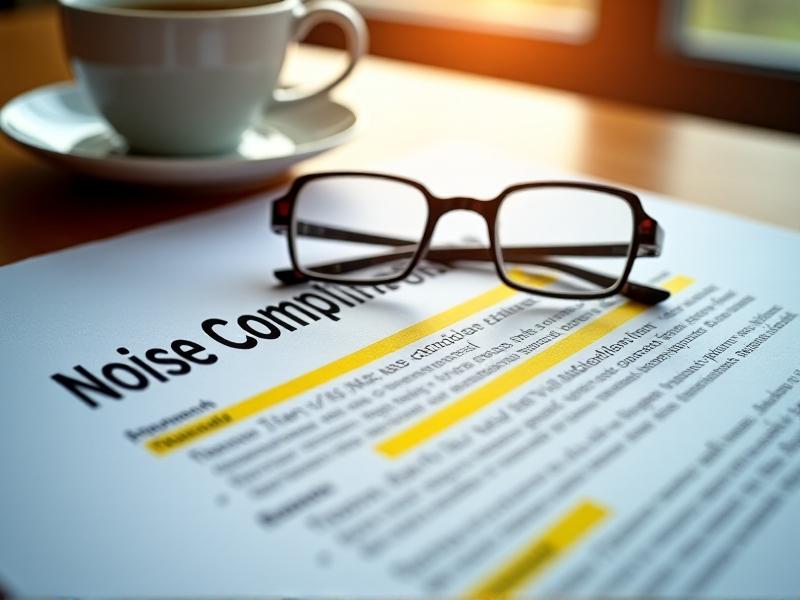
Conducting Effective Noise Assessments
Accurate noise measurement is the cornerstone of compliance. Begin by mapping your facility to identify high-risk zones: areas near heavy machinery, ventilation systems, or loading docks. Use Type 1 or 2 sound level meters—calibrated annually—to capture dB levels across different work shifts. For fluctuating environments, consider dosimeters that track cumulative exposure. Document not only average levels but also peak noises, which can exceed safe thresholds even if averages seem acceptable. Seasonal factors matter too: open windows in summer or holiday production surges might alter baseline readings. Third-party audits can validate internal data, providing an unbiased snapshot of compliance gaps. Share findings with employees to foster transparency and collaborative problem-solving.
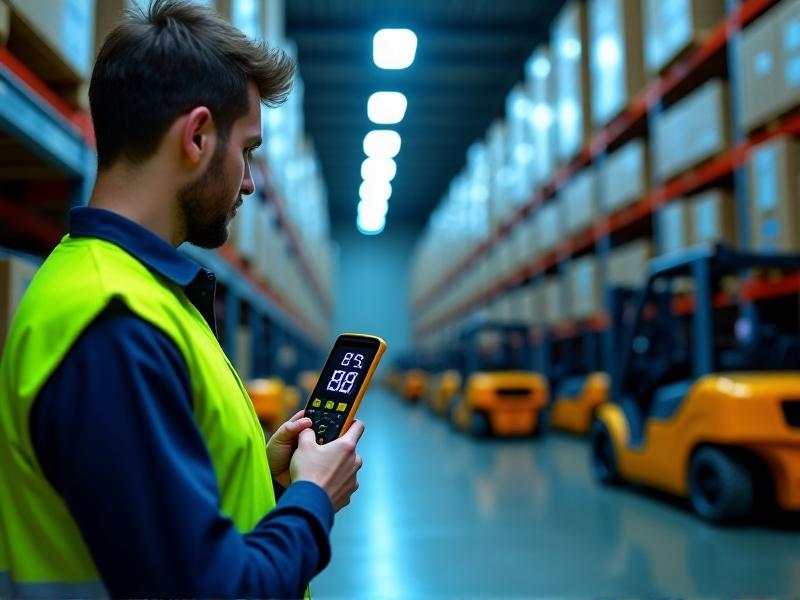
Selecting and Maintaining Noise Control Equipment
Engineering controls often provide the most sustainable compliance solutions. For machinery, vibration-damping mounts and acoustic enclosures can reduce emissions at the source. Pathway interventions like sound-absorbing panels or curtain walls are ideal for open-plan facilities. When structural changes aren’t feasible, administrative controls—such as rotating schedules or quiet zones—supplement PPE like earmuffs. Prioritize equipment certified by organizations like the National Institute for Occupational Safety and Health (NIOSH). Maintenance is critical: inspect seals on enclosures monthly, test muffler efficiency quarterly, and replace worn hearing protection immediately. Train staff to report equipment anomalies, as a loose panel or failing bearing can escalate noise over time.
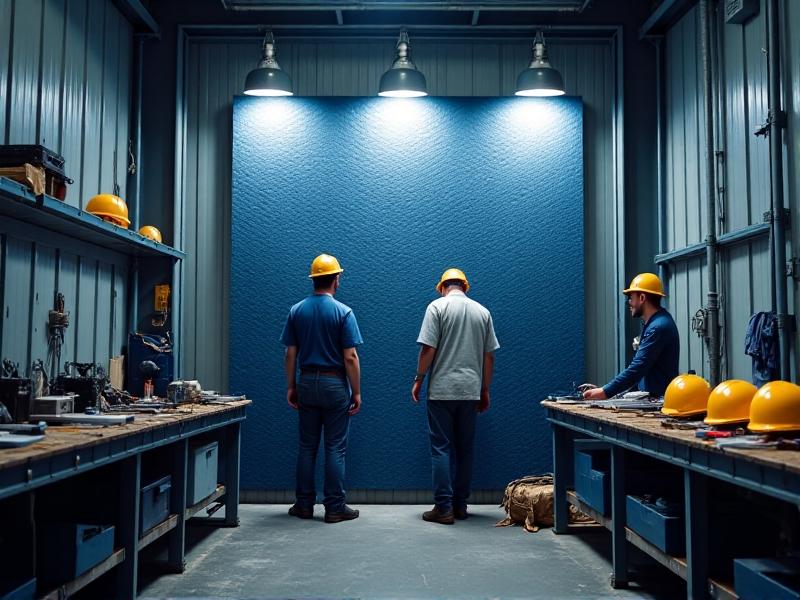
Building a Culture of Compliance Through Training
Effective training transforms noise management from a checklist item into a shared responsibility. Develop role-specific modules: machine operators need technical insights into equipment noise profiles, while office staff might focus on reporting procedures. Use interactive formats—simulations of hearing loss or gamified decibel challenges—to drive engagement. Emphasize the ‘why’ behind rules: explain how chronic exposure damages cochlear hair cells, leading to irreversible tinnitus. Encourage peer-led safety circles where teams brainstorm noise reduction ideas, fostering ownership. Recognize compliant behavior through spot bonuses or shout-outs in company meetings. Remember, training isn’t a one-off event; refresh courses annually and after any incident or regulation change.
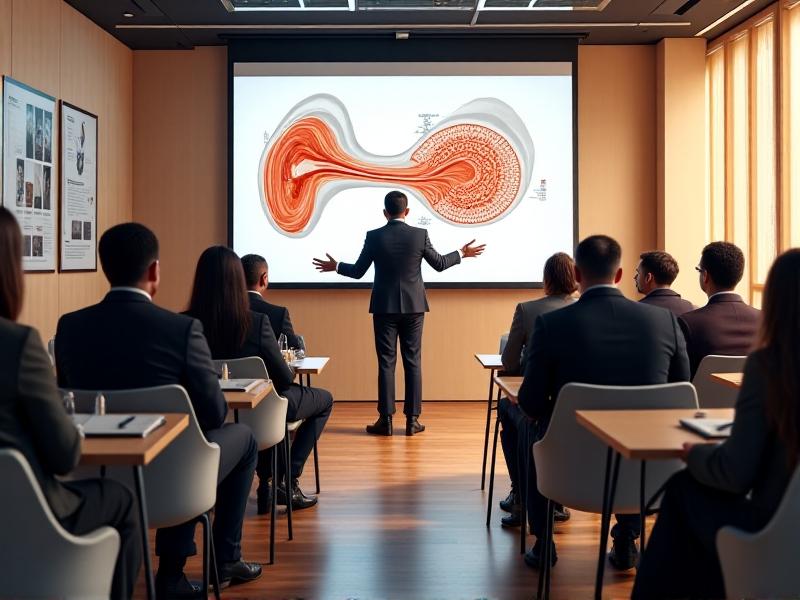
Documentation Best Practices for Audits
Thorough records are your best defense during compliance audits. Digitize noise survey results, maintenance logs, and training attendance using cloud platforms with version control. Tag entries by location, date, and equipment ID for quick retrieval. Include context where needed: a spike in June readings might link to a temporary generator use. Implement a centralized dashboard showing real-time compliance metrics, accessible to managers and safety officers. Automate reminders for recertifications or reassessments. During inspections, provide concise summaries rather than raw data dumps. Post-audit, archive all materials securely—many jurisdictions require retaining records for 5+ years.
Leveraging Technology for Smarter Noise Management
IoT sensors now enable real-time noise monitoring at scale. Wireless units can map dB levels across facilities, triggering alerts when zones exceed thresholds. AI analytics identify patterns—like a compressor hitting peaks every 90 minutes—pinpointing maintenance needs before failures occur. Mobile apps empower workers to report issues instantly: a photo of a damaged muffler geo-tagged with a decibel reading. For community complaints, noise modeling software predicts how new equipment or layouts might affect surrounding areas. Explore blockchain for tamper-proof audit trails, particularly in highly regulated sectors like aviation or energy.
Case Studies: Lessons from Successful Implementations
A European automotive plant reduced compliance incidents by 62% after installing AI-powered predictive maintenance systems. Sensors detected anomalous vibrations in stamping presses, scheduling repairs during downtime. In hospitality, a Miami hotel chain avoided fines by using directional speakers in pool areas, focusing music without disturbing guest rooms. A Texas oil refinery collaborated with acoustic consultants to redesign valve layouts, cutting flare noise by 11 dB. Each case underscores tailored strategies: what works for a call center (noise-canceling headsets) won’t suit a steel mill. Adapt best practices to your unique noise profile and operational flow.
